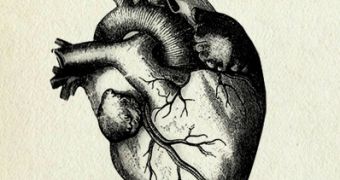US researchers said that almost one out of ten adults under 64 years had a heart procedure involving radiation, over a three-year period. These amounts of radiation can be significant, so patients and doctors should weigh the risk against the benefits.
Dr. Jersey Chen of Yale University School of Medicine, whose study appears in the Journal of the American College of Cardiology, said that “for many patients in the United States, there is a substantial cumulative radiation exposure from cardiac procedures”.
For example, the myocardial perfusion imaging is accounted for 74 percent of radiation exposure from heart scans, and heart catheterization and stenting are the second biggest contributor to radiation exposure. The research team found that more than half of the heart procedures using radiation were done in the doctor's own office. “Policymakers have been concerned that there is a rise in physician office imaging and a rise in total use of imaging,” Chen said.
Most doctors agree that radiation can cause cancer and scientists are concerned that an extended use of medical imaging may contribute to that. A report published last year by the National Council on Radiation Protection and Measurement, found that Americans receive seven times more radiation from diagnostic scans than in 1980.
Chen's team studied medical records from almost one million patients aged 18 to 64 insured by United Healthcare, specifically looking at radiation exposure from heart imaging procedures. They calculated the annual radiation dose based on three exposure ranges: less than 3 millisieverts (units used for measuring radiation dose) a year - the average exposure level for people from the sun and environment, between 3 and 20 millisieverts a year and more than 20 millisieverts a year - the upper safety limit for workers exposed to radiation.
Most people having had heart procedures using radiation fell into the middle range. More than 3,000 patients got over 20 millisieverts a year during the three-year period and 75 people got more than 50 millisieverts a year. “The average patient who gets a nuclear stress test is going to get 16 millisieverts each time. It's going to increase their risk on a statistical basis,” Dr Chen said.
Still, Dr Pamela Douglas of Duke University in North Carolina and former president of the American College of Cardiology said that there is no need to get alarmed, even if a way of reducing radiation exposure would be salutary. Patients with heart diseases are doing better and these procedure ultimately help people.

 14 DAY TRIAL //
14 DAY TRIAL //